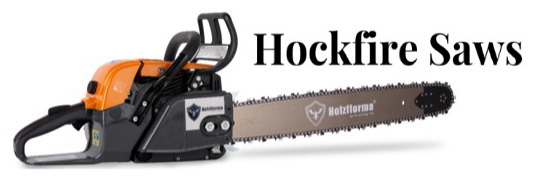I just heard back from our R&D/Standards department, as follows:
From some of the comments that have been made recently on this blog about chainspeeds under the different standards, there may be some misunderstanding which would be good to attempt to clarify.
Firstly as to North American standards vs European standards: Chainspeeds are given in ft/min for Nth America and metres/sec for Europe. While mathematically, 20 m/s equates to approx 3900 ft/min, the 2 standards are completely different in their methods, so a 20 m/s test result under the European standard, EN381, does NOT automatically give a 3900 ft/min when tested according to F1414, the ASTM standard. The biggest difference is that the EN381 test is done with the power off when dropped into the test specimen whereas the F1414 test keeps the power on. There are a number of other differences as well but this alone renders any chainspeed comparison null and void!
The other misunderstanding is the Worksafe BC standard with the number 3600 ft/min that is quoted. There is a very important piece of information that follows that number, that is never quoted, and that is “when tested according to the WorksafeBC test method”. This test facility was actually discontinued about 10 years ago! An alternative for passing the Worksafe BC standard is by using the F1414 test method at 3300 ft/min. Once again, there is one subtle difference between the 2 test methods making the F1414 test a more rigorous test, which is recognised by the lower chainspeed pass rate. So Clogger products, though rated at 3500 ft/min, definitely comply with the Worksafe BC standard.
Hope that helps
Pete
Clogger






